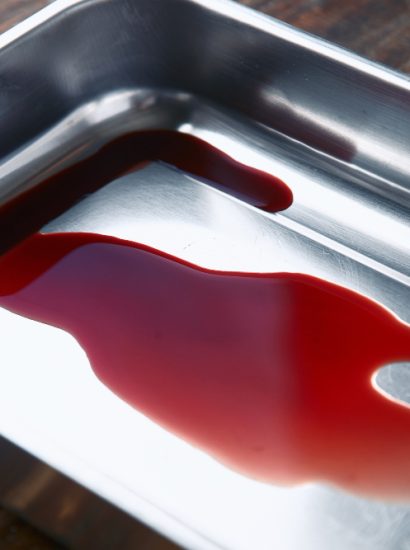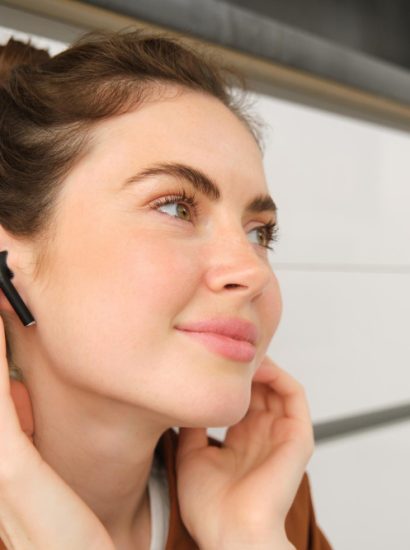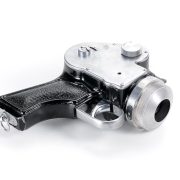Tucked away in the heart of Myanmar’s Shan State, Inle See Burma Inle See (Inle Lake) is a paradise for photographers. With its tranquil waters, floating gardens, misty mountains, and stilt-house villages, the lake is a visual masterpiece that blends nature, tradition, and culture into one stunning canvas.
Whether you’re a casual smartphone snapper or a professional photographer, Inle See offers countless moments worth capturing. Here are 10 scenic spots around Inle Lake that are absolutely perfect for photography—from golden sunrises to timeless local life.
1. The Leg-Rowing Fishermen at Sunrise
One of the most iconic images of Inle Lake is the Intha fishermen, gracefully rowing with one leg while balancing on the edge of their boats. Sunrise is the best time to photograph this extraordinary tradition, as the golden light reflects off the calm water and silhouettes the fishermen in action.
Photography Tip: Use a telephoto lens to zoom in without disturbing the moment. Aim for the “golden hour” to achieve dreamy, soft hues.
2. Floating Gardens of Kay Lar Ywa
A marvel of human ingenuity, the floating gardens around villages like Kay Lar Ywa and Thar Lay are constructed from layers of water hyacinths and soil. Farmers grow tomatoes, squash, and flowers in long rows that drift slightly with the water.
These lush green strips against the still, reflective water create an eye-catching pattern perfect for drone or wide-angle shots.
Photography Tip: Shoot during mid-morning when the sun is high enough to highlight the colors without casting harsh shadows.
3. The Stilt Villages of Inpawkhon
The village of Inpawkhon is known for its traditional lotus weaving, but it’s also a beautiful spot for capturing the architectural charm of stilt houses rising from the lake. Reflections of the homes on the water during the early morning or just before sunset add a magical touch to your photos.
Photography Tip: Use reflections to your advantage—try low-angle shots from your boat to catch perfect mirror-like compositions.
4. Shwe Indein Pagoda Complex
Located at the western edge of the lake, Shwe Indein Pagoda is a hauntingly beautiful site with hundreds of ancient stupas, some crumbling and others restored in gold. The site feels frozen in time and is surrounded by leafy hills, offering both mystery and majesty for photography.
Photography Tip: Arrive early to avoid the crowds and capture soft morning light peeking through the stupas. Play with contrast between the old and new structures.
5. Nga Phe Kyaung Monastery (Jumping Cat Monastery)
This wooden monastery on stilts is one of the oldest in the area. Beyond its spiritual atmosphere and impressive Buddha statues, the intricate teakwood architecture, dark interiors, and beams of natural light make it a fantastic spot for moody, storytelling shots.
Photography Tip: Bring a fast lens (f/1.8 or f/2.8) for low-light interior photography. Look out for monks reading or meditating—it adds soul to your composition.
6. Maing Thauk Wooden Bridge
The long wooden bridge at Maing Thauk village stretches from the land to the floating village and offers a striking perspective, especially during sunset. Locals walking or cycling across add a dynamic element to your composition.
Photography Tip: Frame your shot with the bridge leading into the horizon to create depth. Ideal time is late afternoon to capture glowing skies and silhouettes.
7. Phaung Daw Oo Pagoda
This revered temple on the lake holds five small Buddha images that have been covered in gold leaf for centuries. The structure is beautiful, but the surrounding area, especially during festivals, bursts with color, emotion, and movement.
Photography Tip: During festival season, capture the royal barge and leg-rowing boats escorting the images. Use burst mode to catch fast-moving subjects.
8. Pa-O Hill Villages
Head into the hills surrounding the lake and you’ll find Pa-O villages, where locals dress in striking indigo outfits with colorful headscarves. The villages are surrounded by fields of sunflowers, garlic, and corn, with rolling hills in the background.
Photography Tip: Ask for permission before taking portraits. Natural light and candid expressions often make the most powerful images.
9. Five-Day Rotating Markets
The floating markets that rotate through towns like Nyaung Shwe, Ywama, and Nam Pan offer vibrant scenes of local life. From spice piles to fresh produce and traditional textiles, the chaos and color are irresistible for street photography lovers.
Photography Tip: Use a prime lens like 35mm or 50mm for intimate, people-focused shots. Capture candid moments—children playing, women bargaining, or food being cooked.
10. Sunset Over the Lake
There’s something truly spiritual about sunset at Inle Lake. The sky turns into a canvas of orange, pink, and purple, reflected perfectly on the glass-like water. Whether you’re on a longtail boat or sitting on a dock in Nyaung Shwe, the golden hour here is unforgettable.
Photography Tip: Use a tripod for long exposures, and don’t be afraid to shoot in silhouette to highlight the stillness and beauty of the lake.
Conclusion: Inle See is a Visual Treasure
Inle See isn’t just a destination—it’s a moving work of art. Every corner of the lake, from the leg-rowers and floating gardens to hilltop villages and golden stupas, offers a unique visual story waiting to be captured. For photographers seeking cultural authenticity and natural beauty, few places compare.
So whether you’re building a portfolio, seeking inspiration, or just snapping moments for social media, Inle See Burma will leave your camera (and heart) full.
FAQs About Photography at Inle See Burma
1. Do I need a professional camera to take good photos at Inle Lake?
Not at all. While a DSLR or mirrorless camera gives more control, many stunning shots can be captured with a high-quality smartphone, especially in good light.
2. Are drones allowed at Inle Lake?
Drones can be flown in some areas, but you should always ask your guide and check local regulations first. Avoid flying near temples or crowded areas.
3. What time of day is best for photography at Inle See?
Early mornings (sunrise) and late afternoons (golden hour) are ideal. These times offer soft light and dramatic skies, enhancing the natural and cultural beauty of the lake.
4. Can I take photos of local people?
Yes, but always ask permission—especially in hill villages or markets. Most locals are friendly, and respectful interaction leads to better and more meaningful portraits.
5. Is it safe to bring expensive camera gear to Inle Lake?
Yes, Inle Lake is generally safe, especially in tourist areas. Just take normal precautions, such as not leaving equipment unattended and using padded, waterproof camera bags.
Also read : Mamounia Knightsbridge: 10 Stunning Features That Will Blow Your Mind









